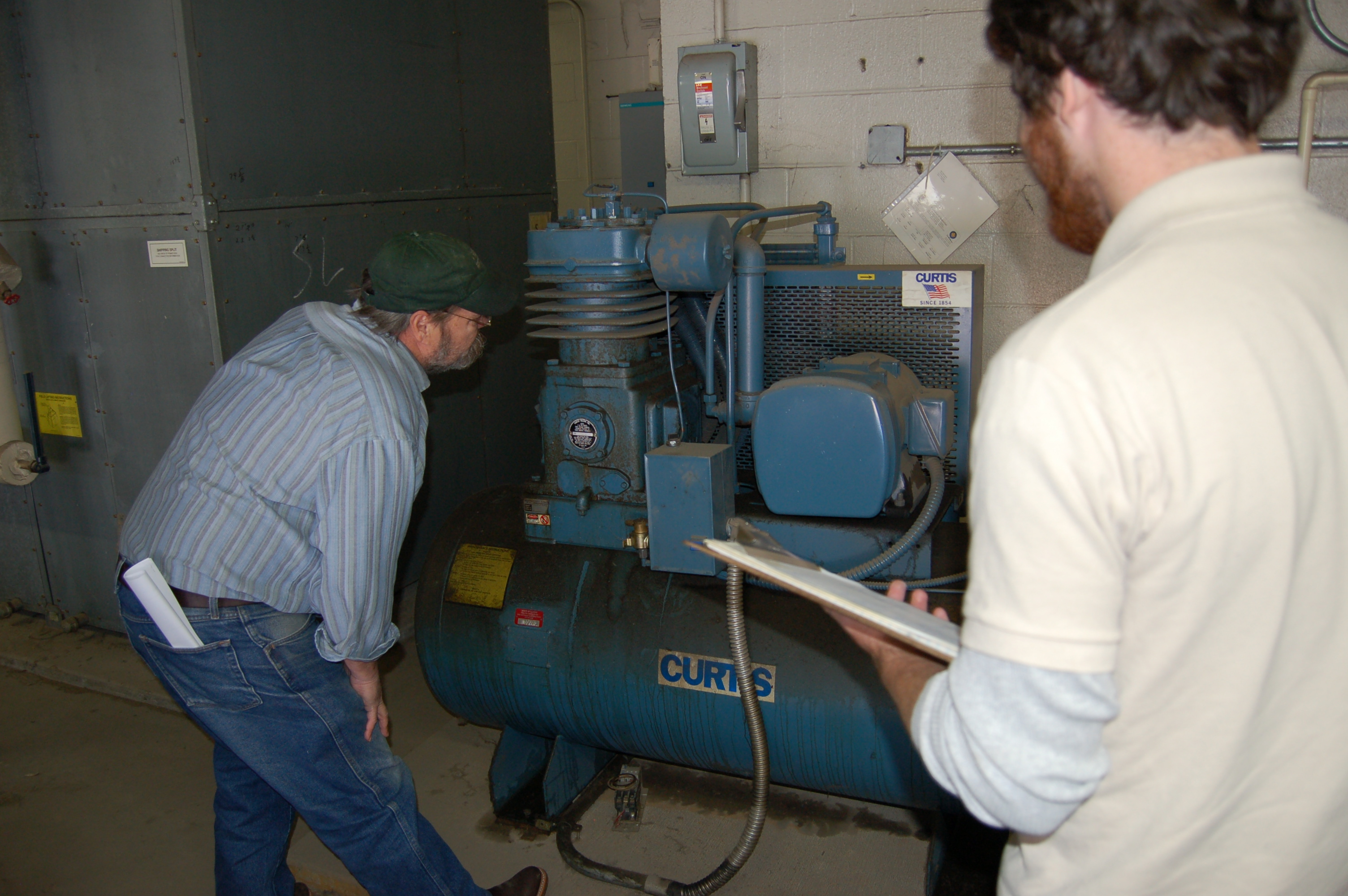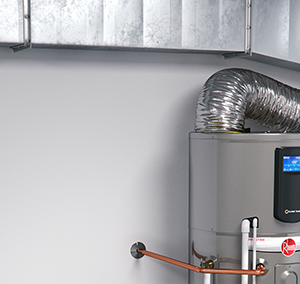SEDAC helps facilities, communities, and agencies become more energy efficient by providing long-range energy planning. This may involve an in-depth energy assessment, economic analysis, and a detailed report to help you decide where to direct your efforts over the next five years.
SEDAC provides recommendations that help you prioritize energy efficiency strategies. We recommend implementing solutions that will achieve high energy savings at low cost. Consider implementing particular types of energy efficiency improvements across a range of buildings, rather than building by building. Large organizations may realize economies of scale by ordering materials and equipment in bulk, as well as reducing administrative overhead costs by implementing relatively few large projects as opposed to many small projects.

Get started
Fill out SEDAC's application to get started. We'll follow up within two business days to discuss next steps. Are you unsure about what would best meet your needs? Contact us. For questions about SEDAC services, please call 800.214.7954 or email sedac-illinois@illinois.edu
Planning Resources
Retro-commissioning: A Resource for Building Owners and Operators
Retro-commissioning (RCx) is the process of improving how existing building equipment and systems function together. Depending on the age of […]
Solar Power Purchase Agreements (PPA) Guide
Many organizations are considering adding solar to their electricity mix. This guide discusses power purchase agreements (PPA) for the procurement […]
Heat Pump Water Heaters
Every year US Colleges and Universities spend almost 10% of their energy use on water heating. By implementing energy efficient […]
Electric Vehicle Charging Stations
To address the challenges of rising gas prices, climate change, and dwindling fossil fuel resources, policymakers point to electrification as […]
John A. Logan College Pool Cover Case Study
John A. Logan College (JALC) has a history of implementing energy efficiency improvements to reduce energy costs and to demonstrate […]
Heartland Community College Net Zero Plan
Heartland Community College has an impressive sustainability record. Their accomplishments include the installation of a 1.65 MW wind turbine, geothermal […]







